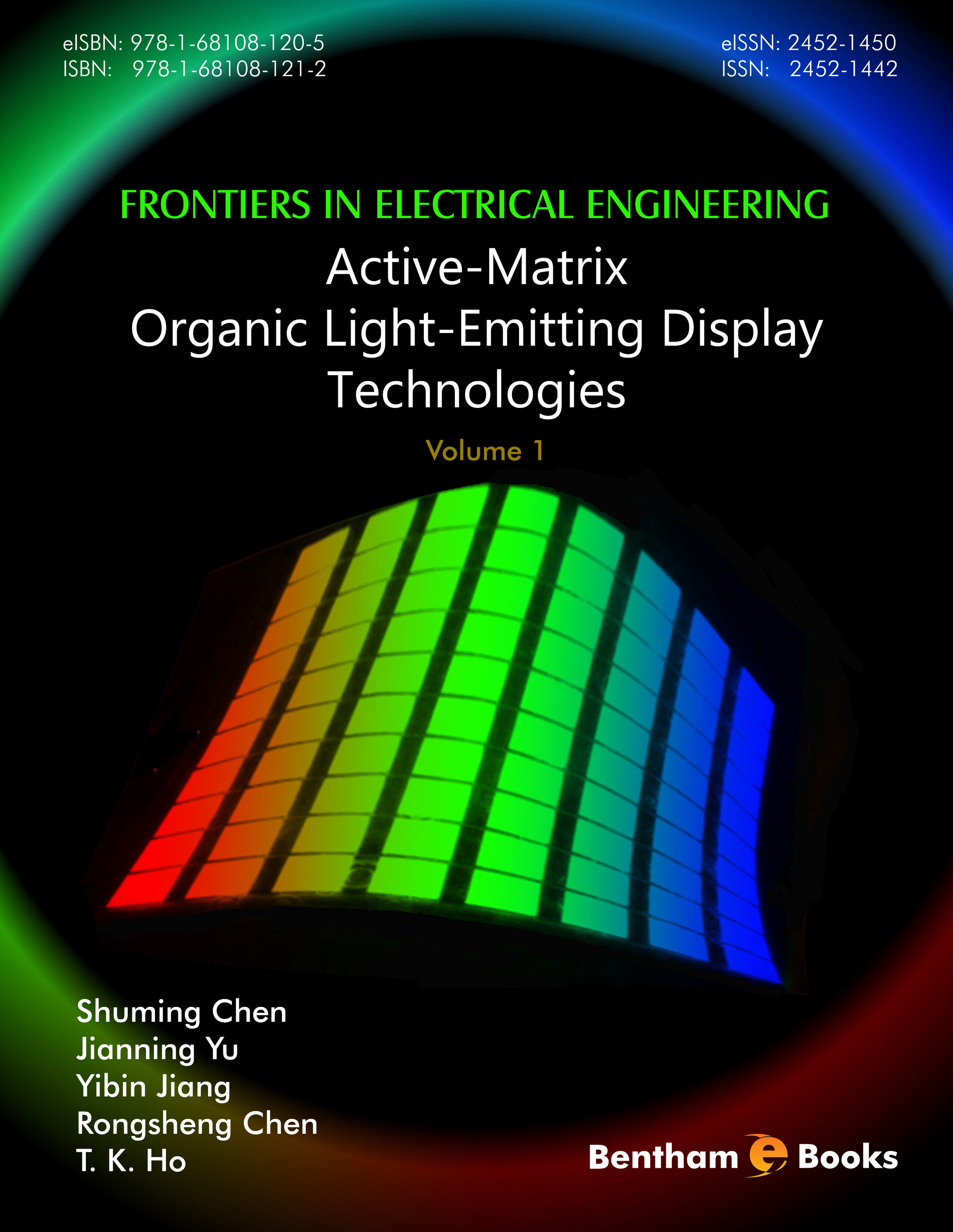Introduction
Frontiers in Electrical Engineering is a book series dedicated to publishing current research in the field of electrical engineering and electronics. The vast amount of publications concerning these fields are summarized in each series volumes with a key focus on device structures and fabrication techniques that are pertinent to the practical production processes and electronic applications.
This volume presents an introduction to the subject of Active-Matrix Organic Light-Emitting Display (AMOLED) technology. AMOLEDs are generally integrated into electronic applications and production processes, including understanding basic optical LED (OLED) working principles and the fabrication and characterization of electronic and semiconductor devices. Other applications of AMOLEDs include white OLEDs, light outcoupling, encapsulation, thin film transistor backplanes, driving schemes, and circuit and layout design technologies.
This volume will be helpful to novice scientists and engineers working on the development of practical OLED display and OLED lighting technology. Researchers studying organic electronics and advanced undergraduate and graduate students and professionals involved in the OLED industry will also benefit from the information given in this monograph.

